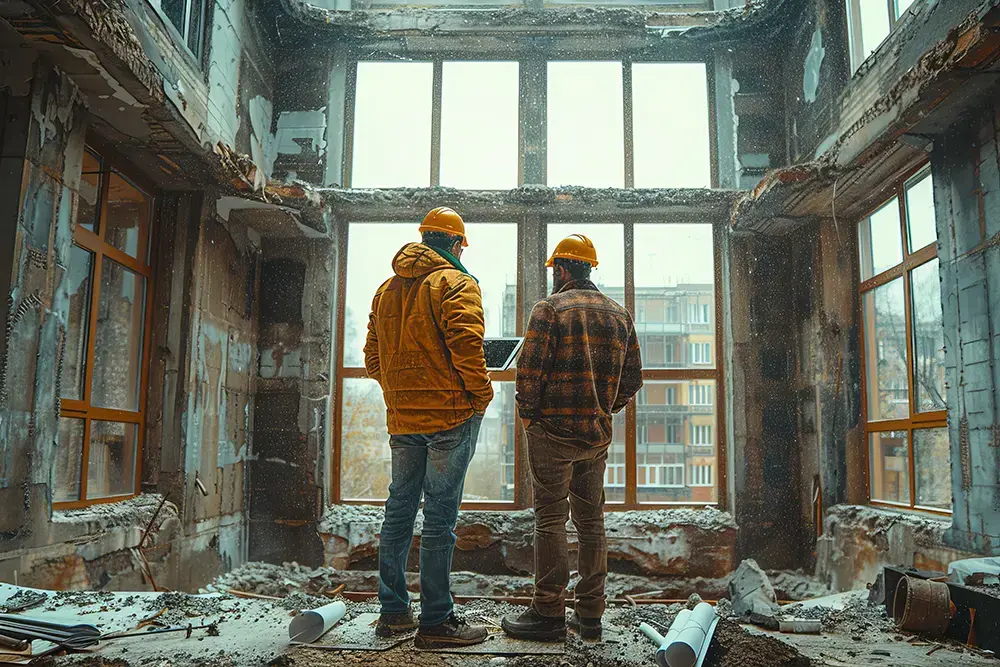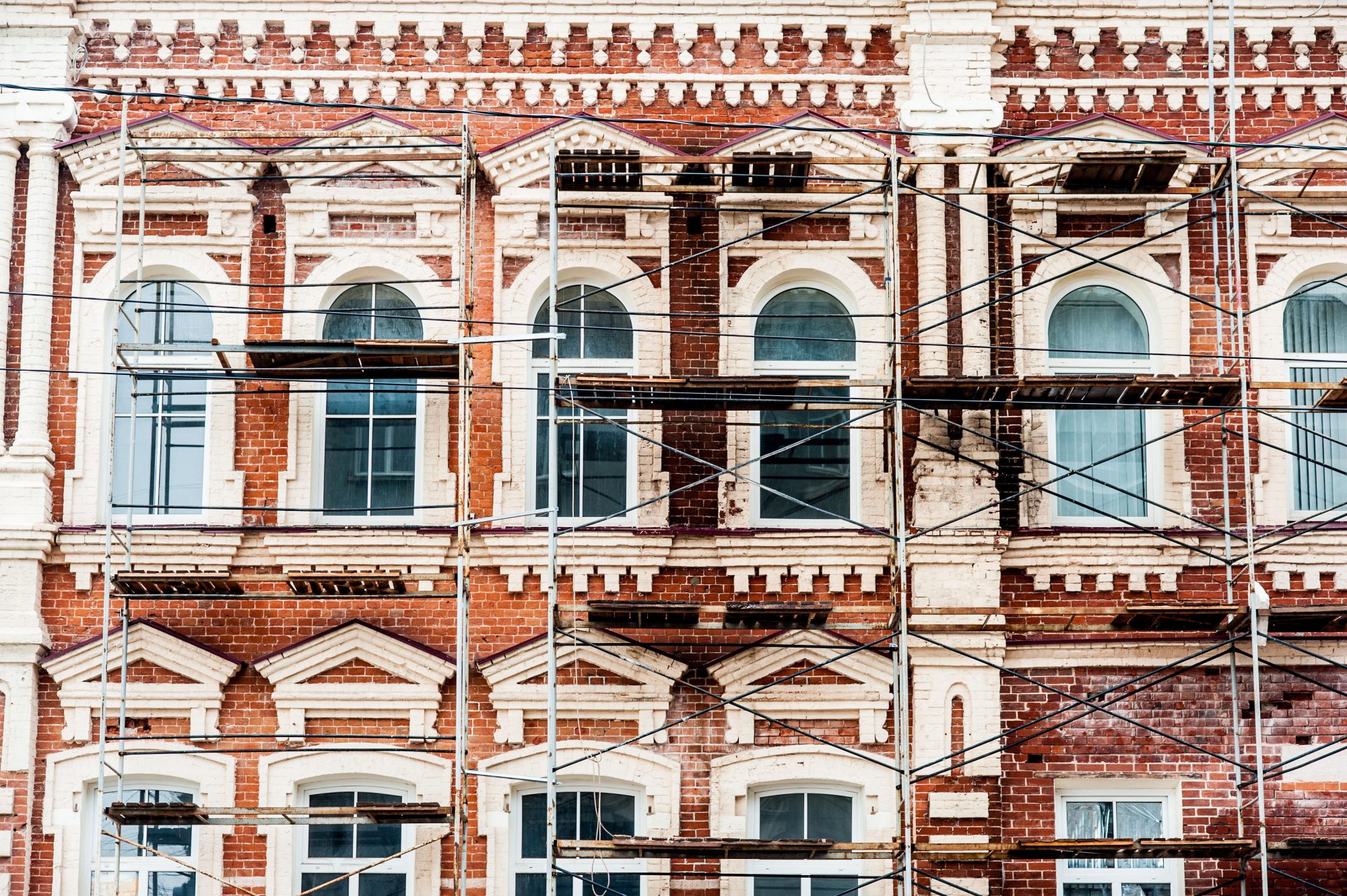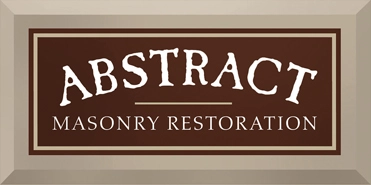Mortar, which is created by mixing a fine aggregate and a binding agent, is what holds bricks and other timeless building materials together. Two factors determine its quality—its ability to bind and to keep water out! Even the finest mortars can eventually feel the effects of moisture over time, though. Whether you need to bandage the effects of less-than-ideal handiwork or simply want to help uphold the beauty and functionality of a job well done, here’s how you can get the most out of your mortar:
Get Rid of the Gunk
Mortar application can get messy, and since it dries quickly, accidental smears in the wrong place can be tough to remove! Whether you are dealing with long-standing eyesores or newly found blemishes, you can remove them on your own with a little (careful) care.
For light films or hazes, this process will be quick and easy. For clumps and bumps, a little more intensive labor may be required. Either way, pull out your middle school safety goggles and get ready for an experiment worthy of the science fair!
1. Hit the Hardware Store
Since it is an alkaline material, mortar can be dissolved with acidic compounds. Head over to your local home center and buy a kind of hydrochloric acid called “muriatic acid”! Before you open up the jug, read over the safety instructions thoroughly, as it can be quite toxic and dangerous when used incorrectly.
2. Suit Up for Safety
To avoid getting muriatic acid on your skin or in your eyes, wear thick clothing, goggles, and some rubber gloves. If any accidents do happen, flush your eyes or skin immediately and seek medical attention!
3. Mix Your Materials
Diluting your acidic compound is essential, or else you can permanently damage your brick! Mix one part acid to ten parts clean water in a plastic container—avoiding metal at all costs.
4. Test A Tiny Area
First, test your mixture on the bricks that are least visible on your home. Once you’ve determined that it is working correctly and won’t harm your brick, it is safe to proceed to the rest of your home!
5. Bathe Your Brick
Before you apply the solution, dampen your bricks. If you skip this step, you may burn or damage them, resulting in an even more unpleasant appearance!
6. Spray and Scrub
After ensuring your bricks are damp, carefully apply the solution to their face using a small brush. It is best to do so in the shade. Make sure to avoid getting it on any glass, metal, or painted surfaces. It should start to foam and bubble over the unwanted mortar. Allow it to work for 5 minutes, and then scrub it off with a stiff brush and rinse it off thoroughly!
After this process has been successfully completed, your newly cleaned bricks may look even better than the rest! To balance out your aesthetic, use the remainder of your solution to clean off any soot or algae that is blocking your brick from being at its most beautiful.
Let a Real Mason Restore Your Mortar
Although it is possible to do this on your own, DIY mortar mixtures can be especially hard to remove when there’s a mistake. This goes for cleaning as well, so if you want to take the smoothest and safest road towards getting the best out of your mortar, call up a local mason!
1. Match Your Mason
By pondering your goals and knowing what you want to accomplish, you can get a good idea of what to look for when choosing a mason. Once you start your search, make sure to interview your local masonry experts thoroughly. If one doesn’t typically repair mortar, he may still be a great mason, but it would be best to look elsewhere for this particular project!
2. Evaluate Their Expertise
Not only should you ask your potential contractors to tell you about their experience, but also to show you! If you want to be extra thorough, you can even visit the commercial buildings they have previously restored to see their workmanship for yourself. Even better, if they have worked on preserving local heritage sites like Abstract Masonry in Utah, you can tour the rich history of your area while you decide if they are right for you!
3. Look at Their Local Licensing
While not all states require masonry contractors to be licensed, your local housing authority can help you to find out if your potential mason is in good standing in the community and to follow up on any complaints. They can also provide proof of proper insurance, so you can have peace of mind moving forward!
Be Mort-Artistic
Whether you are looking to refresh the look of your brick during renovation or are in the process of designing your exterior—your choice of color in mortar can really make a difference! Although subtle, the way it borders your brick makes a huge difference as to what aesthetic is portrayed and what part of it pops: the color, the texture, or its surrounding features!
1. The OG: Gray
Gray is mortar’s original color, making it the most economic choice. Due to its simplicity, it works well with most any brick color and helps them to blend in with their natural surroundings!
2. The Emphasizer: Off-White
Off-white mortar is rapidly rising in popularity on the housing market. More than any other color, it emphasizes the hues of the bricks themselves, helping them to stand out, so your building can too!
3. The Modernizer: Black or Charcoal
Black and charcoal mortars bring a lot of contemporary character to a structure. To modernize your exterior even further, pair it with a darker color of brick—even black!
4. The Texturizer: Cream or Brown
To color match your bricks and bring out their texture instead of their color, pair them with a similar shade of mortar—somewhere between cream and brown. This will help the colors of your exterior to blend together seamlessly, accenting its other distinctive qualities!
Mortar is not only vital to structural integrity, but also to the beauty and character of your building! Make sure it stays where it should be, complements your choice in brick, and stands the test of time—to get the most out of your mortar!







